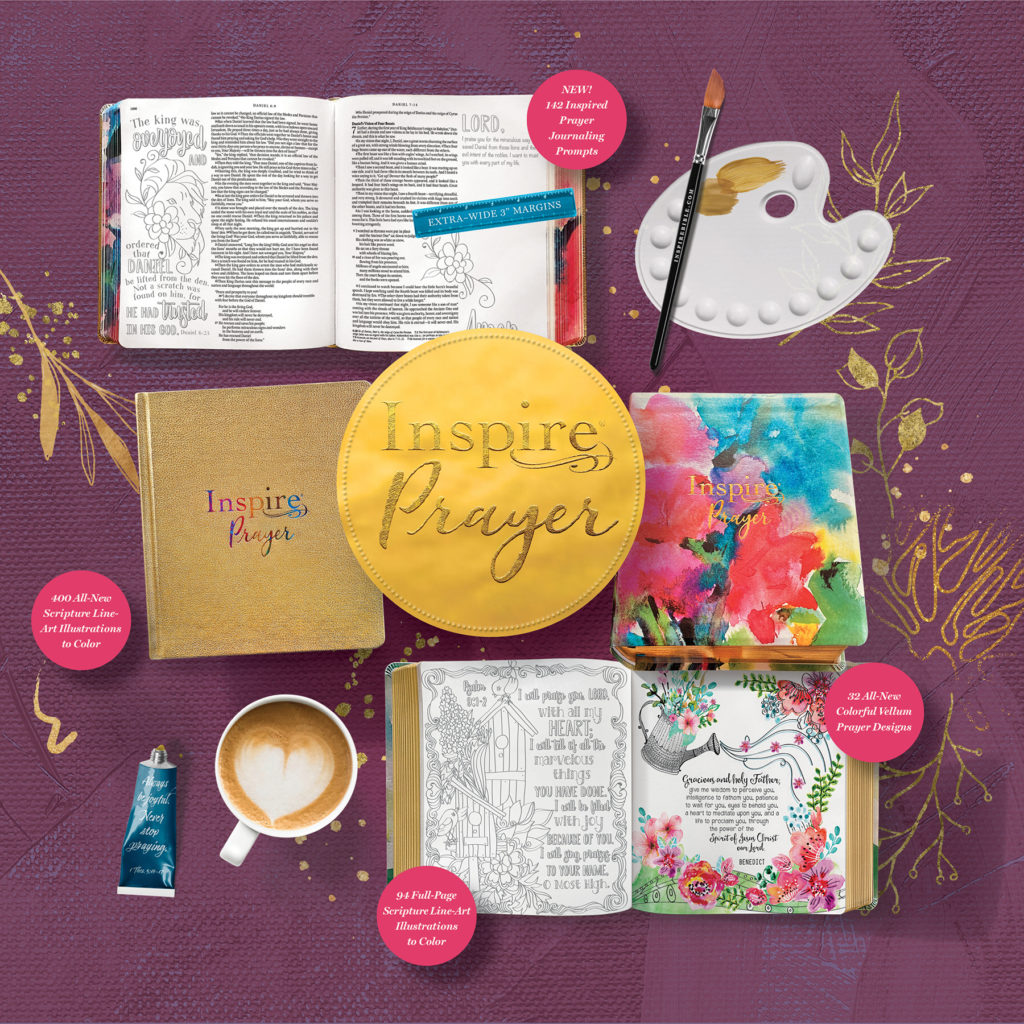by Molly Jo Nyman, freelance writer
It started with dissatisfaction.
Notes written by Bible scholars in Ron Beers’s study Bible
were full of facts but left 25-year-old Ron uninspired.
“All the notes were information,” Ron recalls. “In Genesis
41, I learned that ‘all the Egyptians were clean shaven, so it was important
that Joseph appear that way in the presence of Pharaoh.’ Well, that’s
interesting but . . . so what?”
With gifted storyteller and author V. Gilbert Beers as his
father, Ron was used to being inspired. Family meals were served with Bible
stories so engaging that no one zoned out. His young life was rich with experiences
that helped him lean in and expect the Bible to connect to everyday life.
Ron had an unusual response to his dissatisfaction: He studied
his study Bible.
And his discovery was startling.
After a thorough review of the study Bible he owned, along
with a few others, Ron found zero help in connecting daily struggles and needs
with the wisdom of Scripture. No notes on how to deal with worry, priorities, doubts,
or relational conflict. Not one connection to personal application.
He began to wonder if there could be a study Bible that was
more helpful. He thought about what it might look like. Then he became
convinced that a completely new and different kind of study Bible was needed.
This new kind of study Bible would continue to provide
accurate information, but it would also connect to inspiration. It would help
people not just to know but also to do so that they could experience the
transformative power of God’s Word. It would connect the dots.
As luck—or rather God—would have it, Ron was working at the national
headquarters of Youth for Christ in Illinois on new product development
(primarily books). It was a front row seat not only to see the need for an
application-oriented study Bible but also to observe the approaches—what worked
and what didn’t in helping people connect God’s Word to everyday life.
Youth for Christ was passionate about reaching young people
with the gospel and helping them become “lifelong followers of Jesus who lead
by their Godliness in lifestyle . . .” (as quoted in their mission
statement). And in the mid-1980s, youth ministry was thriving with hundreds of
high school kids showing up for club meetings.
With crazy crowd breakers and hilarious games, meetings were
fun but also focused on felt needs and common youth issues. Topics like
loneliness or fear were opportunities to show kids that Jesus cared about them
personally and how his Word could actually help them.
When the Bible was taught, the focus wasn’t on Bible
literacy, cultural context, and historical facts. It was focused on the exact
thing Ron wanted this newfangled study Bible to do.
“All around us people were asking, ‘If God really cares
about me and my daily life, my community, my nation, my world, then shouldn’t
the Bible put forth a clearer blueprint for how to navigate daily challenges?
Shouldn’t its transformative power be more obvious?’ That’s what we wanted to
get at,” recalls Ron.
“Because when people see how amazingly relevant the Bible is
to any issue they’re facing, they’ll hunger and thirst to devour the
Scriptures, deepening their relationship with God and transforming their
relationships with others.”
Ron brought the idea of an application-oriented study Bible
for high school students to his boss, Bruce Barton, vice president of the
ministry service division and the force behind Youth for Christ’s new
publishing emphasis at the time, and he also shared it with others.
According to Jim Galvin, Youth for Christ’s national
training director at the time, the idea germinated and grew as most new ideas
do—with a little bit of conflict and bashing.
“We
would meet to brainstorm products for Youth for Christ, and Ron kept bringing [the
idea for a youth application study Bible] up. I was the most vocal against it,”
Galvin said. “High school students didn’t use study Bibles. We worked with high
school students; we knew them. And they never, ever open a study Bible.”
But that
didn’t stop Ron from continuing to bring it up. So to squash the idea, Galvin
wrote a detailed memo.
“It
basically said, if we’re going to do a study Bible for high school kids, it has
to be done right, and it has to include profiles of Bible people, charts, a
Bible outline, study notes, and a whole bunch of features,” Galvin recalled. “I
was hoping Ron and others would say, ‘This is way too much work. High school
kids wouldn’t use this product, anyway.’
“Talk about backfiring. When Ron got the memo, his reaction was, ‘Now that’s what I’m talking about!’”
Fun fact: Notes and feature in your Life Application Study Bible were written, revised, and reviewed by writers, editors, and scholars at least 17 times. As the story of its creation is told, you can trust its guidance even more.
The Life Application Study Bible is now available in Personal Size, Full Size, and Large Print. Learn more

































Recent Comments